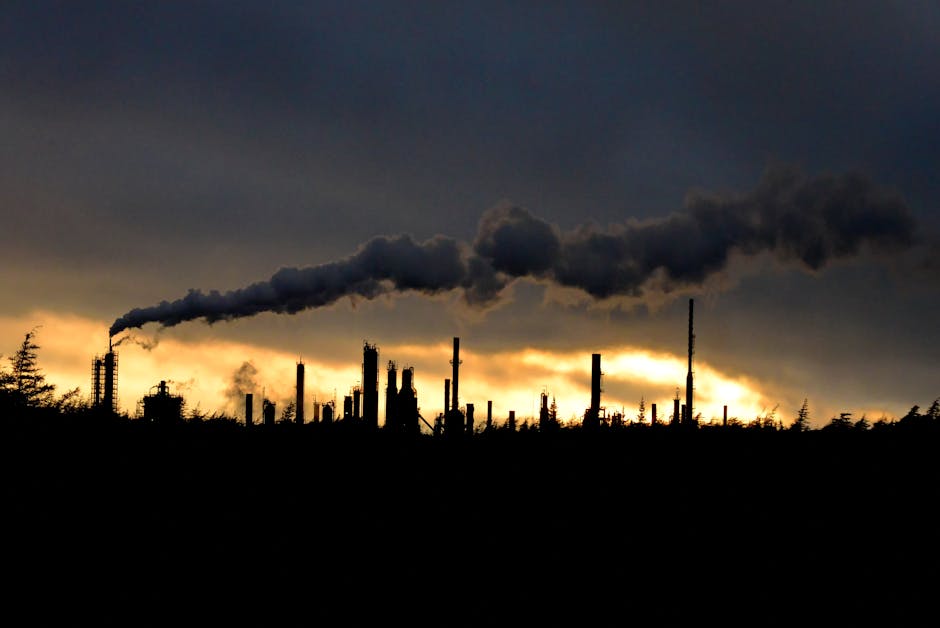South African motorists and consumers are facing new adjustments. The Department of Petroleum and Mineral Resources has published the official October 2025 fuel price changes. These adjustments will take effect from Wednesday, 1 October 2025. Understanding these shifts is crucial for household budgets and business planning. While diesel prices see a welcome reduction, petrol users will experience slight increases at the pumps.
Understanding the October 2025 Fuel Price Changes
The latest announcement reveals varied impacts across different fuel types. Diesel users can expect some relief. Cuts range from 8 to 10 cents per litre for diesel. Conversely, petrol prices will see a small hike. This increase is between 1 and 8 cents per litre. These changes reflect a complex interplay of global and local economic factors. The Department of Petroleum and Mineral Resources detailed all the adjustments.
- Petrol 93: increase of 1 cent per litre
- Petrol 95: increase of 8 cents per litre
- Diesel 0.05% (wholesale): decrease of 10 cents per litre
- Diesel 0.005% (wholesale): decrease of 8 cents per litre
- Illuminating Paraffin (Wholesale): decrease of 11 cents per litre
- LPGAS: decrease of 17 cents per kg
- LPGAS (Saldhana WC): decrease of 19 cents per kg
Global Oil Markets and Geopolitical Influence
The international oil market played a significant role in these adjustments. During September, oil prices fluctuated. They traded around $67 a barrel for much of the month. A notable spike saw prices reach $69 a barrel in the final week. The average Brent Crude oil price increased slightly. It moved from $67.01 to $67.16 during the review period. This upward trend directly impacted local fuel prices. Understanding energy markets is key to comprehending these shifts.
Geopolitical risks are a major driver behind rising crude oil prices. Ongoing conflicts, specifically the Russia & Ukraine conflict, contribute to market instability. Tensions in the Middle East also add to global supply concerns. These factors outweighed other market influences. For example, the OPEC+ recent announcement aimed to increase production in October. This could have led to greater supply and lower prices. However, geopolitical events had a stronger impact. International petroleum prices mirrored the crude oil trend. This led to higher contributions to the Basic Fuel Prices (BFP). Petrol saw an increase of 16.93 cents per litre. Diesel’s BFP rose by 8.13 c/l. Illuminating paraffin also increased by 4.23 c/l.

The Rand’s Role and Local Factors
The strength of the South African Rand offered some buffer against these global pressures. The Rand showed resilience throughout September. It strengthened to approximately R17.30/$ for most of the month. By the last week, it ended even stronger. On average, the Rand appreciated against the US Dollar. It moved from $17.73 to $17.49 per USD. This stronger currency helped mitigate potential price hikes. It led to lower contributions to the Basic Fuel Prices. Petrol’s BFP was lower by 14.27 c/l. Diesel saw a decrease of 15.40 c/l. Illuminating paraffin’s BFP dropped by 14.79 c/l. This currency performance was a critical factor in the final price outcomes.
Beyond international and currency movements, local elements also influenced the October 2025 fuel price changes. The prices of Propane and Butane remained stable. However, shipping costs for these gases were lower. The slate levy, which helps stabilize fuel prices, remained unchanged. These smaller factors also play a part in the overall fuel pricing structure. Similar pricing inquiries are common in other utility sectors, highlighting the complexity of regulated prices.
Impact of Wage Increases on Fuel Prices
A significant local factor pushing up petrol prices is wage increases. The Minister of Mineral and Petroleum Resources approved a specific hike. This was a 6.1 c/l increase. It moved the price structure for petrol from 299.5c/l to 305.6c/l. This adjustment accommodates wage increases for forecourt employees. This decision aligns with the Motor Industry Bargaining Council (MIBCO) multi-year Wage Settlement Agreement. This agreement was signed on 23rd of August 2025. This increase will be implemented alongside other adjustments from 1st of October 2025. It serves to ensure fair compensation for workers in the fuel industry. However, it also adds to the cost for consumers at the pump.
Octane Differential and Regional Variations
The differential between 95 and 93 octanes is adjusted quarterly. This is in line with the Working Rules for Basic Fuels Prices (BFP). The BFP Octane differential changed during the previous quarter. As a result, the retail prices for 95 and 93 petrol octanes will differ. These variations will be seen across various fuel-pricing zones. This change also takes effect from 1st of October 2025. Consumers should note these regional differences when filling up.
Detailed Price Adjustments at the Pump
Here’s how the price changes will reflect at the pumps. It is important to remember that diesel prices reflect wholesale figures. Actual pump prices for diesel may vary slightly. These tables provide a clear comparison between September and October official prices.
Inland Fuel Prices (September vs. October 2025)
| Fuel | September Official | October Official |
|---|---|---|
| 93 Petrol | R21.47 | R21.48 |
| 95 Petrol | R21.55 | R21.63 |
| Diesel 0.05% (wholesale) | R19.44 | R19.34 |
| Diesel 0.005% (wholesale) | R19.47 | R19.39 |
| Illuminating Paraffin | R13.10 | R12.99 |
| LPGAS (per kg) | R34.76 | R34.59 |

Coastal Fuel Prices (September vs. October 2025)
| Fuel | September Official | October Official |
|---|---|---|
| 93 Petrol | R20.68 | R20.69 |
| 95 Petrol | R20.72 | R20.80 |
| Diesel 0.05% (wholesale) | R18.61 | R18.51 |
| Diesel 0.005% (wholesale) | R18.71 | R18.63 |
| Illuminating Paraffin | R12.09 | R11.98 |
| LPGAS (per kg) | R31.60 | R31.43 |
| LPGAS (Saldhana WC) | R33.79 | R33.60 |
What These Changes Mean for You
The latest fuel price adjustments bring mixed news. Diesel users will see some relief, which is good for logistics and transport costs. However, petrol users will face a slight increase. This reflects the ongoing volatility in global oil markets. It also highlights the impact of local economic factors. Geopolitical events continue to shape the cost of crude oil. Meanwhile, the Rand’s performance offers some protection. Wage agreements for forecourt staff also factor into the final price. Staying informed about these adjustments helps consumers and businesses plan effectively. These changes underscore the dynamic nature of fuel pricing in South Africa.



